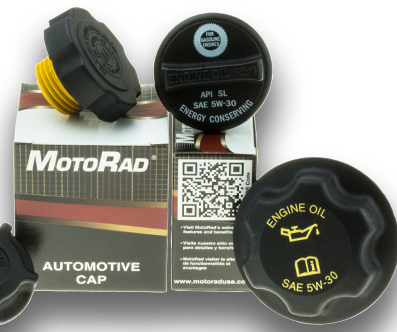Posted by admin , on Jan, 2018

If your car has ever left you stranded on the side of the road in the heat of summer with an overheated engine, you know that your car’s cooling system is vital to its proper operation. Generally speaking, the automobile cooling systems work by pumping pressurized liquid coolant through the engine to keep the engine from getting too hot. The fact that the system operates under relatively high pressure increases the temperature at which the liquid coolant will boil and evaporate. If a leak develops anywhere in the system, the overall performance of the system can be reduced, and the chance of overheating is present.
One somewhat common area where the system might possibly break down is the radiator cap. The design of radiator pressure caps generally allows them to keep a tight seal on a car’s cooling system while providing a relatively easy way for the owner to add more coolant to the system when needed. The caps work to keep the system tight with the use of a rubber seal. Over time, it is possible for this rubber seal to begin to deteriorate or crack which may cause the cooling system to lose pressure and lead to the coolant level shrinking through leakage or evaporation. This, in turn, can lead to a reduction of pressure in the system and possible damage to the engine. Since automobile engineers design cooling systems to operate under precise pressure levels, it is possible that a leaky radiator cap could affect the overall operation of the engine and cause problems slowly over time. However, the results of a severely leaky cap could be a sudden and catastrophic overheating of the engine.
Regularly replacing the radiator cap is one really simple way to help reduce the chances of damage to your car’s engine due to overheating. Even a car owner who is not mechanically inclined usually can easily replace radiator caps. The caps feature a rubber seal that rests on the opening of the car’s radiator. To install the cap, you just press the cap down, so the seal seats firmly and then screw the cap on the threaded opening of the radiator like a jar lid. Many of the better radiator pressure caps include a feature that lets the user vent pressurized steam from the engine with a lever so that you can safely add more coolant when needed. Most car owners’ manuals and some notices on the radiators themselves usually warn that it is dangerous to open radiator pressure caps when the engine is hot. It is not foolproof, but by venting the pressurized steam first, the user can lessen the chance of burns caused by hot coolant spewing out of the engine. Visit the website for more information.


